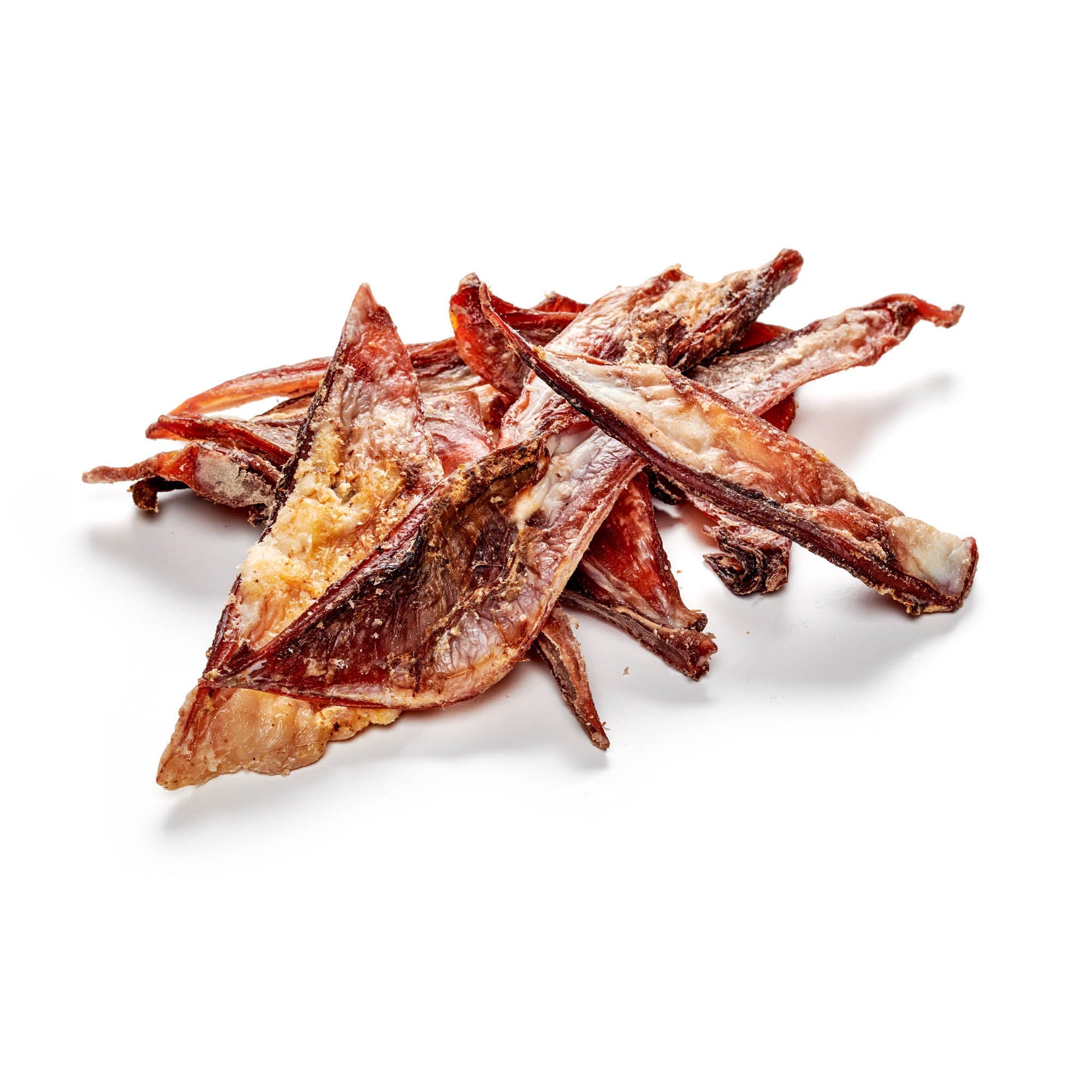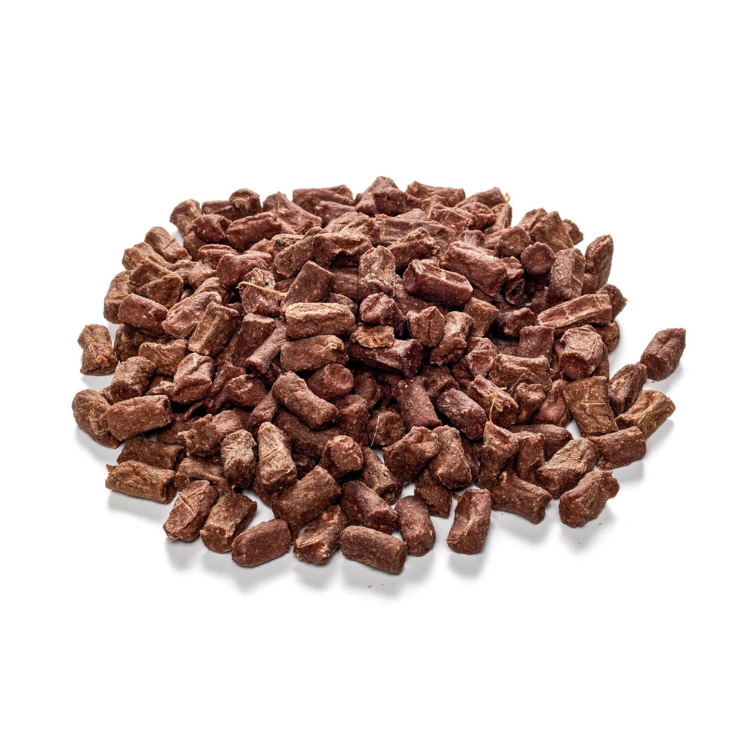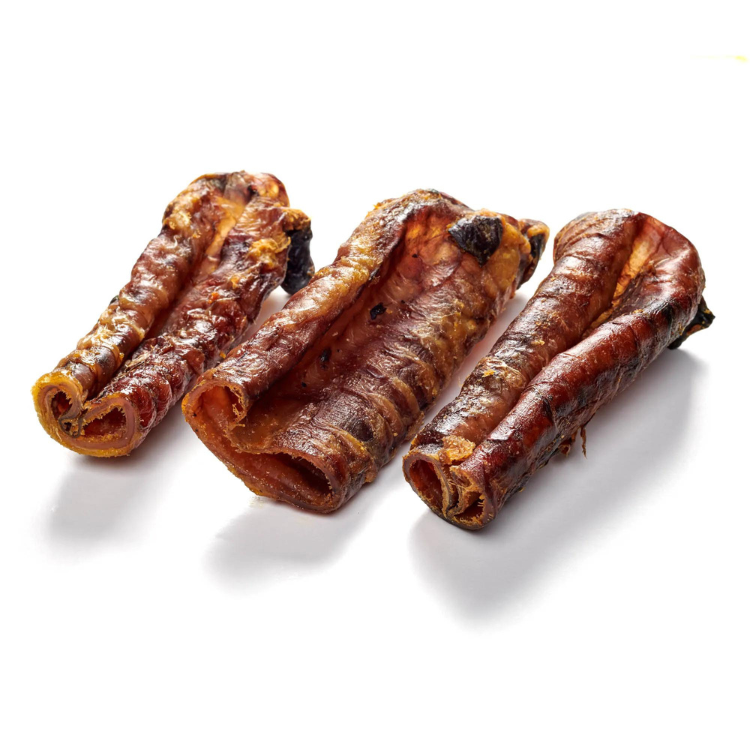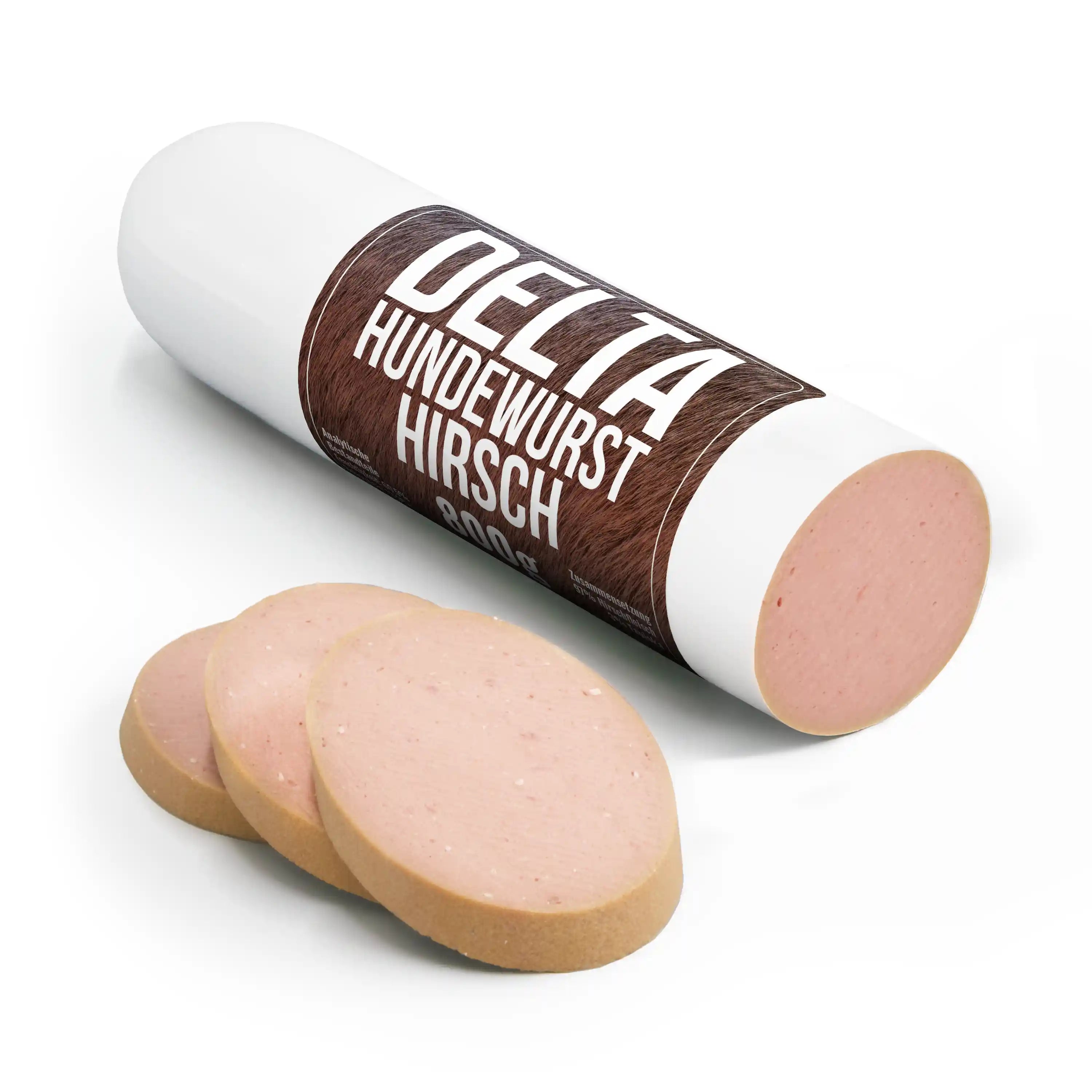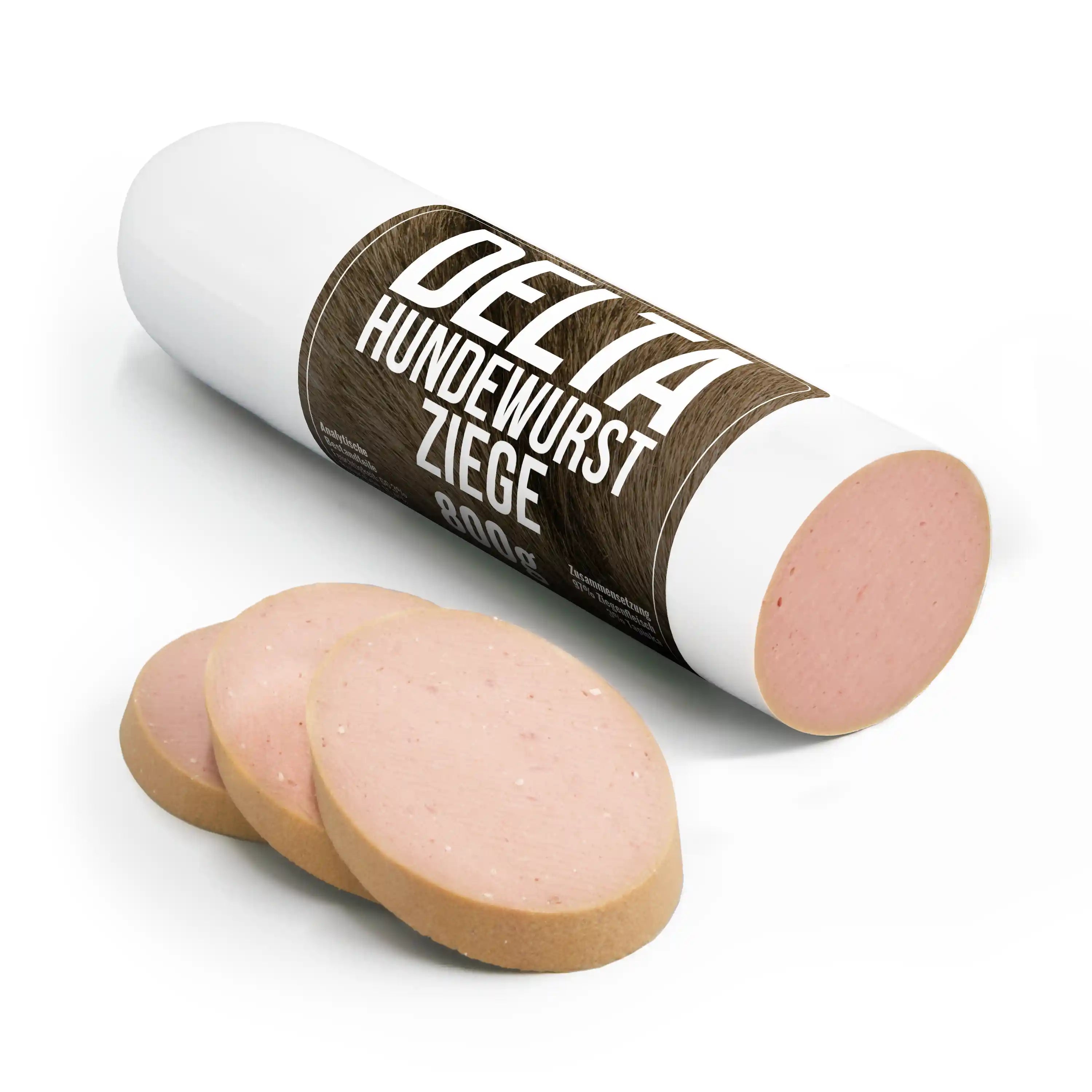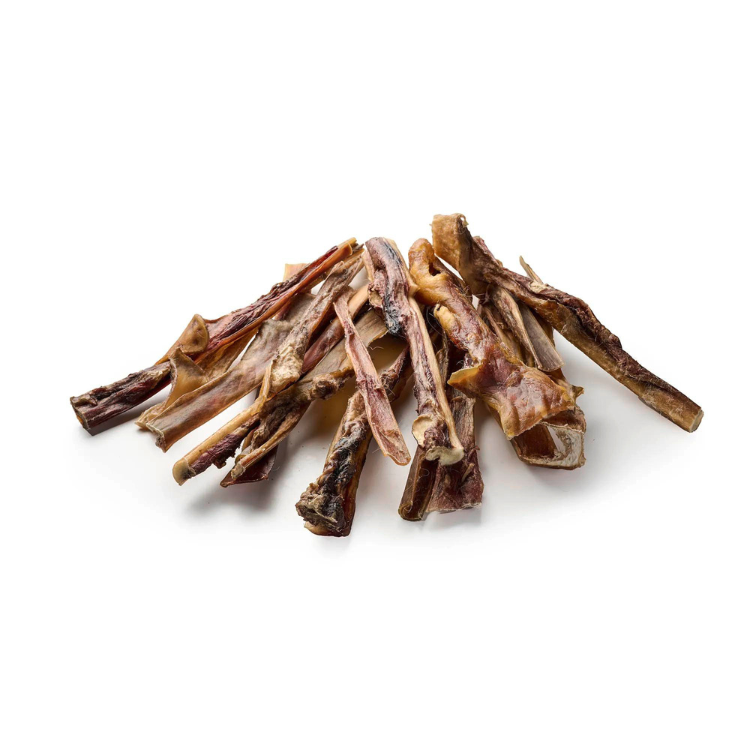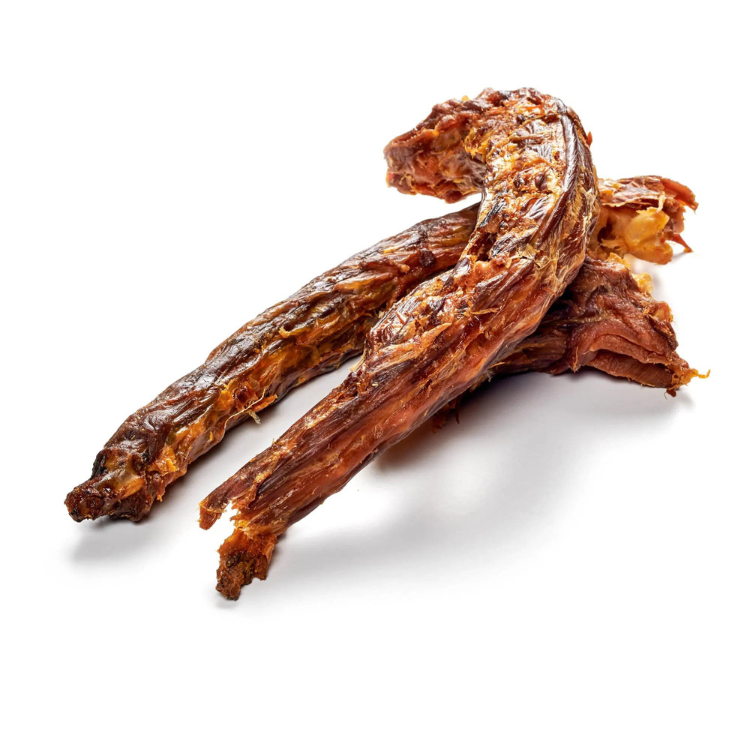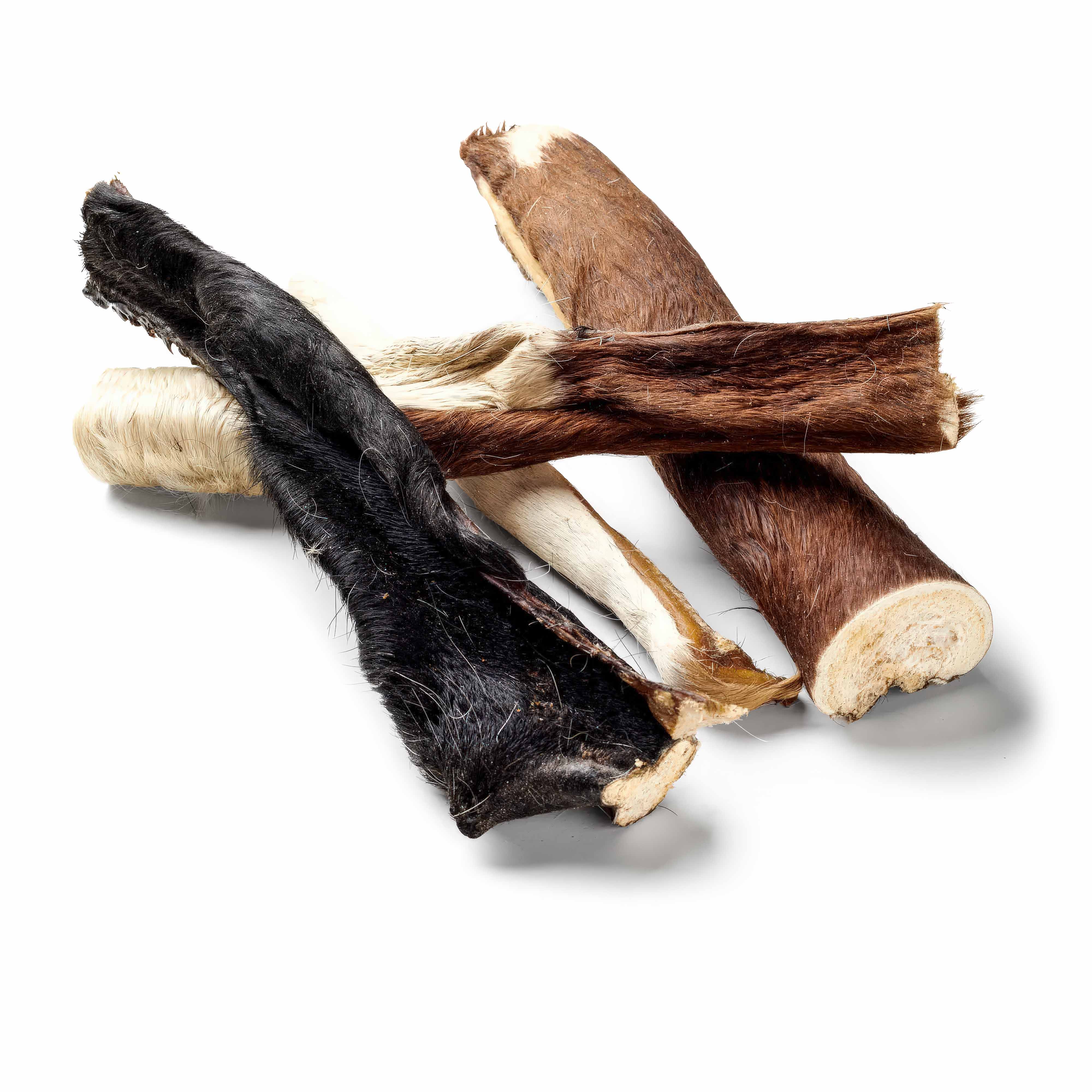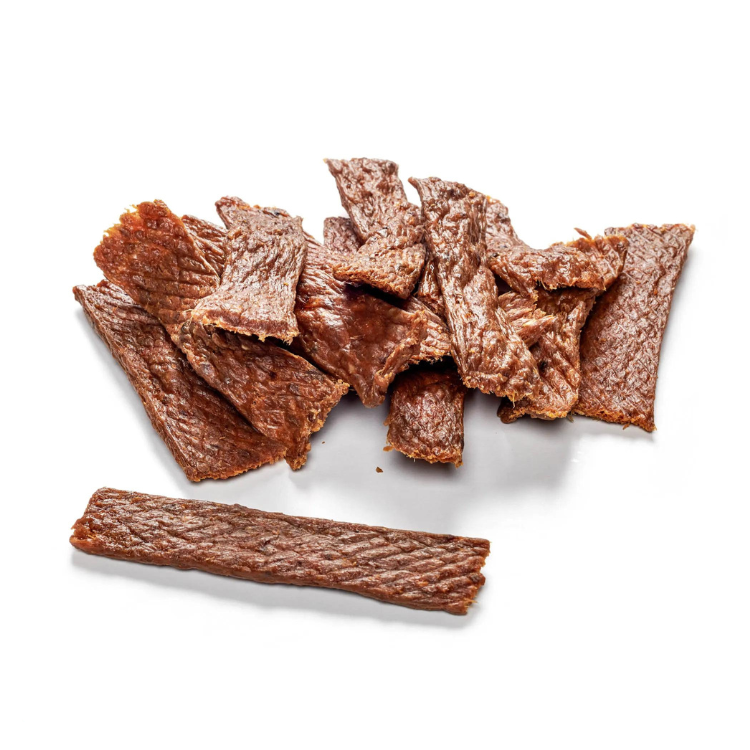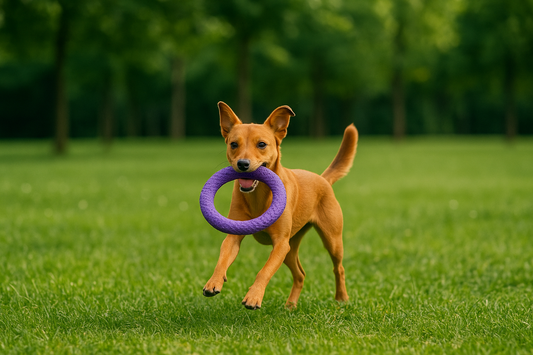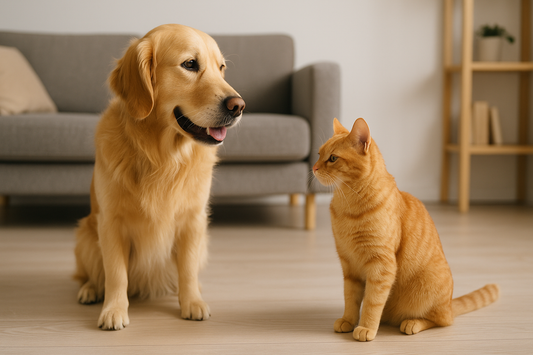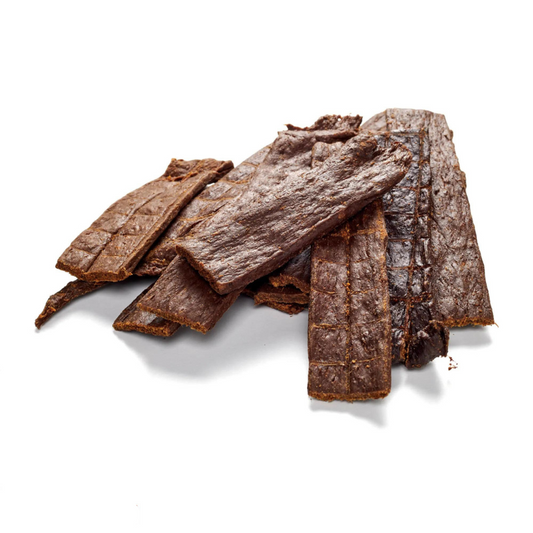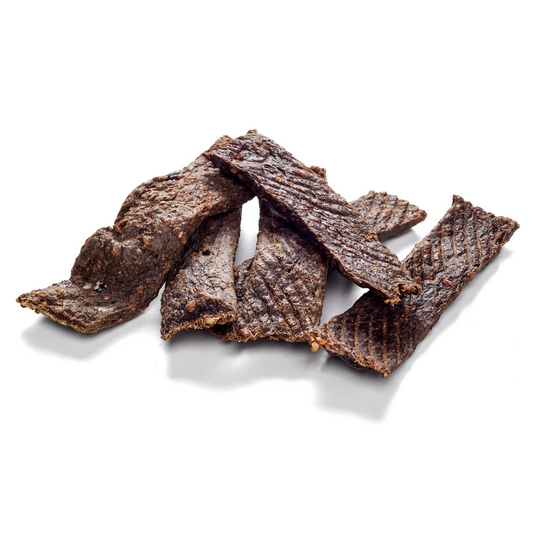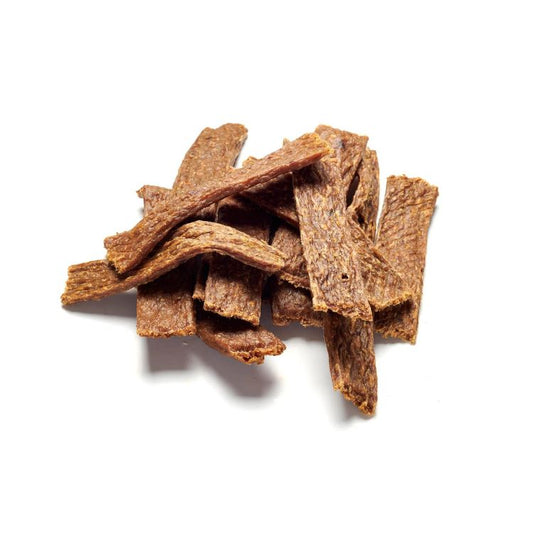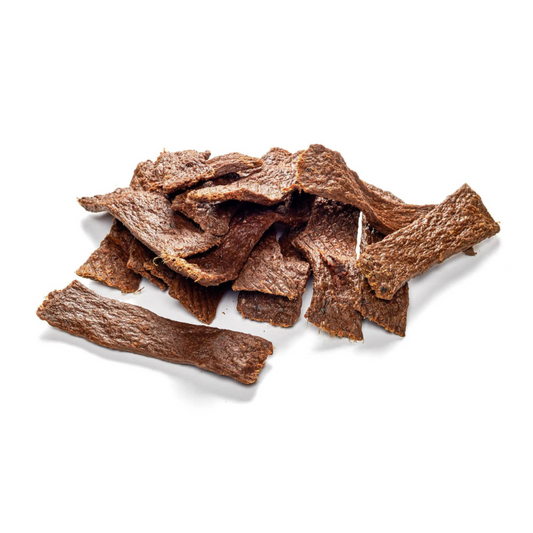
Irish terriers
Share
The Irish Terrier combines several opposites: it is a daring bully and a cuddly friend of children at the same time. For people with experience with dogs and a passion for nature, this dog with a strong character can be the perfect companion. It can be a loyal partner who will go through all situations with you, but it can also be stubborn and headstrong. This should be taken into account when training, and beginners should think carefully about whether they want a real challenge with the Irish Terrier.
Content: Irish Terrier
- profile
- Special features
- Nutrition
- Health and care
- The right accessories
- Origin & History
- Conclusion
Pamper your dog with our delicious chews!
Irish Terrier - Profile
- Character: Dominant, cheeky, determined
- Size: Medium
- Height: 45cm
- Weight: 11-12 kg
- Life expectancy: 13-15 years
- Coat type: Short hair
- Colour: Red, red-wheat
- FCI Group: Terriers
Irish Terrier - Special Characteristics
The Irish Terrier is a tall, muscular terrier with a narrow head and small, dark eyes. It is around 45 cm tall and weighs up to 17 kg, although the size differences within this breed vary quite considerably. Its ears hang down into its face, forming small triangles. It has a moustache around its mouth and its tail is pointed straight up. With its strong territorial behavior, it is an excellent watchdog, but it does not usually get on very well with other dogs and is rather skeptical of strangers. No matter how much bigger other dogs are, it always wants to be the boss - respect is not in its nature. Of course, the Irish Terrier is also a good hunter - after all, it was bred for this. Its hunting instinct is particularly strong. However, this means that the Irish Terrier is constantly keeping its eyes open for possible prey - and will hunt it. It should therefore be on a leash most of the time. To ensure that training is successful, the Irish Terrier should be socialized as a puppy - ideally with the professional help of a dog trainer. It is a very good choice for hunters. If this dog misses the demanding work of a hunting dog , dog sports are the perfect balance. Sports such as maintrailing and agility are a good choice.
Irish Terrier - What should be considered regarding nutrition?
The Irish Terrier's diet is uncomplicated. Whether dry or wet food , the main thing is that the quality and meat content are right. Good dog food has a meat content of at least 60% - preferably more. The best choice is always BARF, because it comes closest to the dog's natural eating behavior. Dry and wet food can be alternated or mixed, and chews add variety and dental health to the diet. Hunting dogs or dogs who are simply sporty need special dog food with more energy. Since Irish Terriers often suffer from cystinuria, a diet without vegetable protein should be preferred as a preventative measure. This can have a positive effect on health. Proteins and fats should be of animal origin, since vegetable substances are harder to digest and therefore place greater strain on the kidneys. Small dog breeds should eat two smaller meals. Large portions are dangerous, as dogs can twist their stomachs and the croquettes can swell up. An anti-gulping bowl is a good idea to prevent eating too quickly.
Reward your best friend with our dog treats!
Irish Terrier - Health and Care
The Irish Terrier's rough coat does need to be trimmed regularly, but this breed is relatively easy to care for. Trimming means that the dead hair is plucked in the direction of growth - ideally this should be done by a dog groomer, as this work takes practice. Scissors should never be used, as they can change and damage the colour and structure of the coat. Nail clippers, on the other hand, are a great choice, although only after professional advice - ideally from a vet or dog trainer. The ears should also be cleaned every few weeks with a cloth or special ear cleaning kits.
Irish Terrier - Origin & History
The Irish Terrier descends from black-tan and wheat-yellow terriers from Ireland, where it has been bred since 1870. This makes this terrier breed one of the oldest in the world. It was used for hunting and specialized in rats. It was also an excellent guard dog. Unfortunately, with its aggressive and combative nature, it was occasionally used in dog fights. The Irish Terrier Club was founded in 1879 and it is still valued as a hunting dog today. Although it comes in many different colors, the red coloring was considered special in England and the USA and was therefore promoted. Since the 20th century, this color has been the only accepted breed standard. There has also been a breeding club for the Irish Terrier in Germany since 1894. Even though this breed is now primarily bred for good looks, its original and wild nature is still evident.
Irish Terrier - The right accessories
If you want to take care of the coat yourself, you will of course need a brush and a trimming comb or a trimming finger cot. Dog shampoo is useful for the worst dirt attacks, but does not need to be used often. A stable food and water bowl, on the other hand, is more important than you might think. An anti-gulping bowl can be used to prevent eating too quickly.
- Collar or harness is your decision – although the harness is usually more comfortable for the dog.
- Special harnesses and hunting leashes are used for hunting.
- Since this breed of dog is very playful, it is worth buying dog toys. This will allow him to be worn out in the apartment and at the same time do something for his body and mind with intelligence or teeth cleaning toys.
Conclusion
The Irish Terrier is a dog for active people who spend a lot of time outdoors. Experience in dealing with dogs is a great advantage, because these cheeky dogs show little respect and need good and safe leadership. These dogs are good and reliable partners for professional dog sportsmen and hunters. They are definitely not recommended for couch potatoes!
Make your dog happy with our tasty chews!

